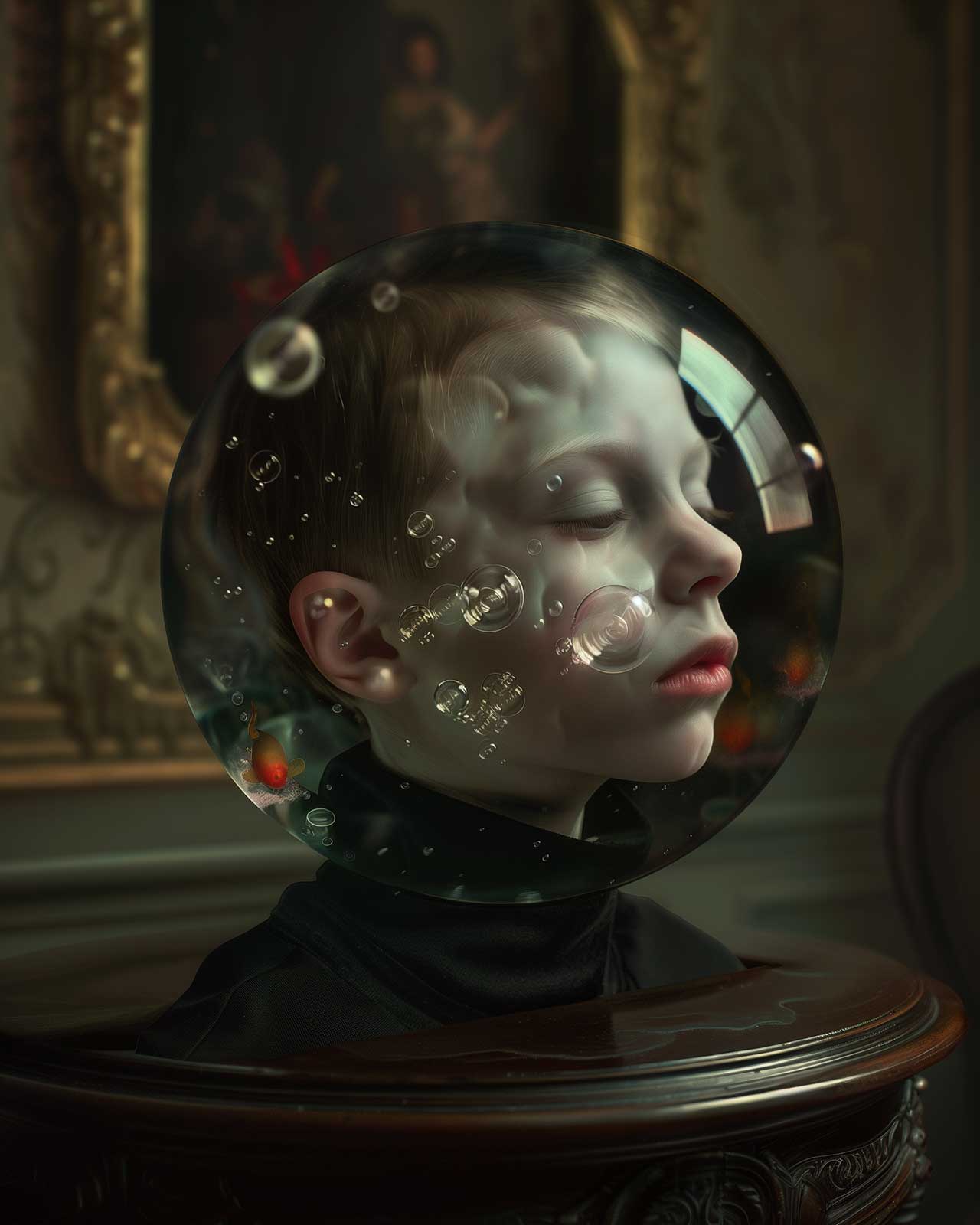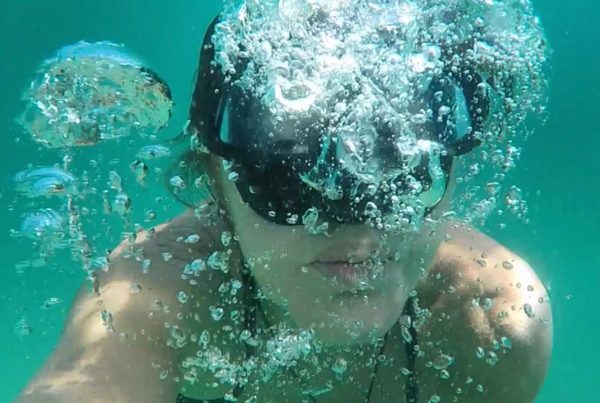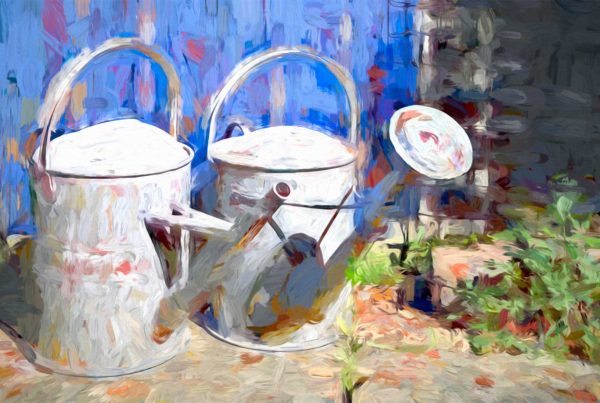I have dedicated over three decades to my career as an artist and designer and have recently decided to explore the realm of AI image generation. When I initially shared my first simple creations, I received comments such as “I wonder whose art it is,” “You’re just using other people’s work,” and “Art is dead.” This was rather demoralizing, to say the least, however, this technology will invade every walk of life whether we decide to embrace it or not.
AI certainly poses many questions and has its controversies, at present, I would like to focus on its benefits and what it can give us rather than take away. It is down to each individual to use it, positively and productively.
I have never explicitly labelled my work as “art,” as I believe each individual has their interpretation of what constitutes art. Is it solely created with a brush or pencil? Did the advent of the camera render traditional art obsolete? Will AI-generated “art” eventually replace the work of human artists?
My simple answer to the last question is that AI will never replace the work of a human artist, the whole concept is different. With AI we can spend as long as we wish from a simple prompt to remixing, reblending, and redescribing, we can push the AI until we get an image we are happy with, and a resulting image may even inspire further creative development. For example, I have seen excellent ceramics inspired by AI renderings. But it is not the same as sitting for hours, weeks, or months with a piece of artwork or standing out in the elements waiting for the right light. AI can’t replicate the flaws, mistakes or experimentations, the blood, sweat and tears of being a human artist.
Even though AI apps can be used to churn out throw-away images akin to fleeting human thoughts that vanish into the vastness of the internet, they can also be utilised to create works of beauty, evoke emotions, thoughts, and important messaging. This provides an opportunity for those who may lack drawing or painting skills, have never had the chance to explore these mediums, or are physically unable to do so. Voice recognition technology can now transcribe their thoughts, allowing them to express themselves. How wonderful is that!
It is fascinating to have witnessed firsthand how AI is utilized for art therapy, allowing individuals to document their lives, express their emotions, and delve into their hopes, fears, traumas, and dreams.
As I continue to explore the possibilities of AI-generated artwork, I am excited to share my work with others and to contribute to the ongoing dialogue surrounding the intersection of technology and creativity.
Thank you for reading, I hope you enjoy looking at my work and following my creative journey.
I’m off to /imagine
Pic: Fish Love by Jo Phillips




